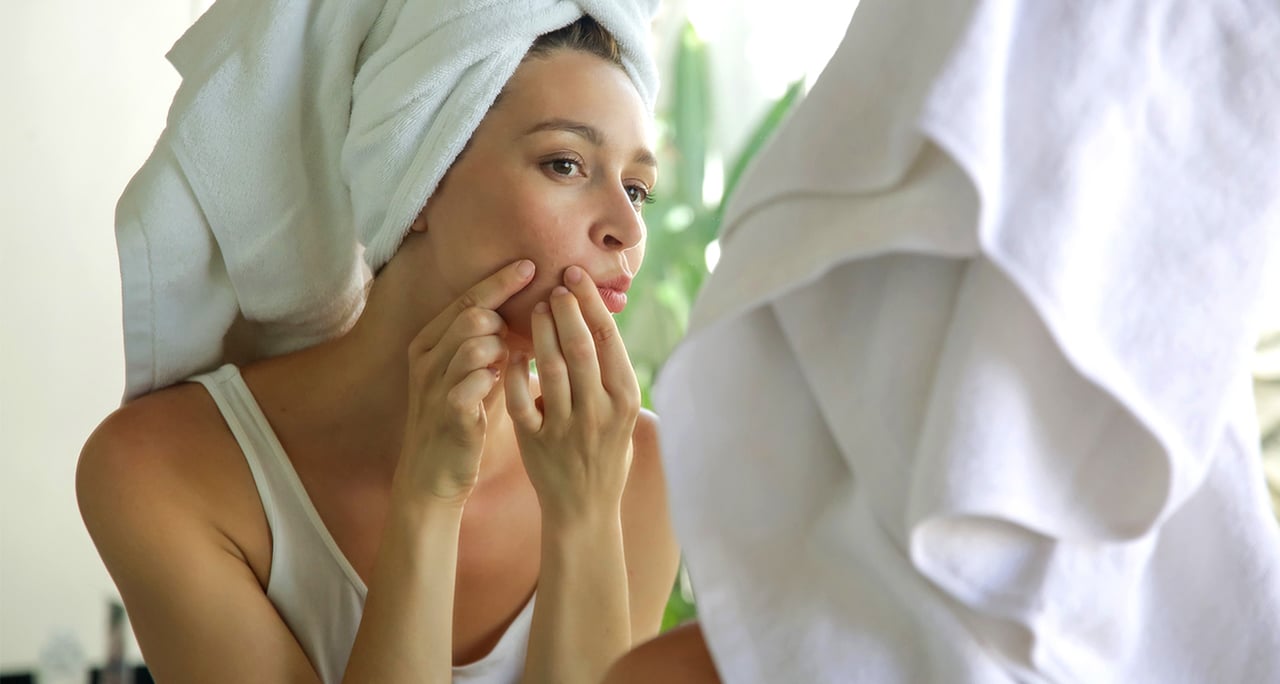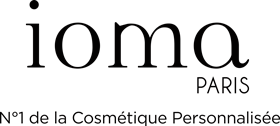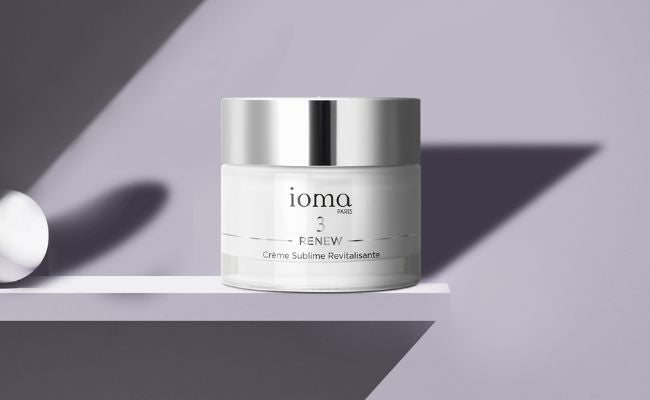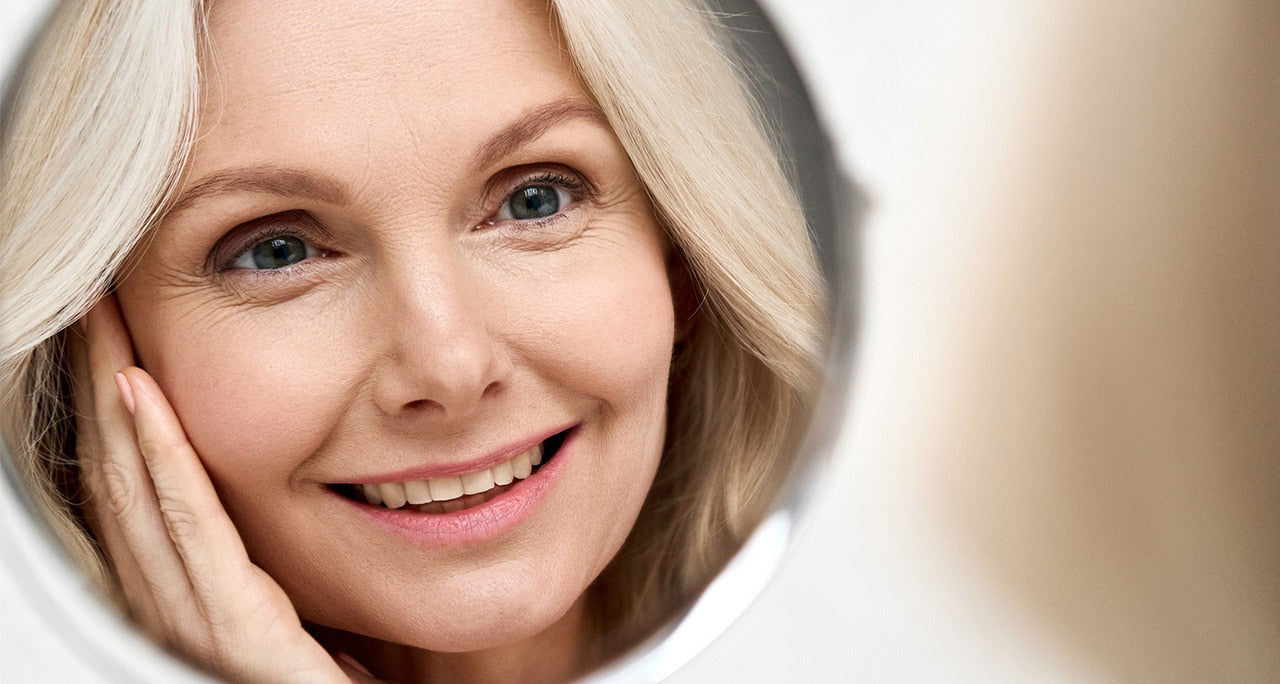
Too Much Sugar Causes Acne: True or False?
Acne isn't just a problem for teenagers. Acne affects more than 43% of adults over the age of 30, the majority of whom are women. Its causes are often multiple and closely intertwined: stress, hormonal changes with flare-ups around periods, lack of sleep, a beauty routine unsuited to your skin type... And a diet that is too sweet and too fatty!
Soon it will be time for wrinkles and yet still have imperfections?
Everything happens at the level of the pilosebaceous follicle, that is to say where the hair grows. Each hair is attached to a sebaceous gland. In total, two million sebaceous glands produce sebum which then flows onto the skin, helping to protect it. Only 400 to 900 sebaceous glands on the forehead, nose and chin This explains the preferential location of acne on the face.
Why do some skin types develop acne?
When the sebaceous glands produce sebum at full capacity and this sebum, secreted in abundance, cannot be evacuated, it causes the formation of comedones, blackheads, microcysts, and other skin imperfections. And, the retention of sebum promotes the development of a bacterium, Propionibacterium acnes , which multiplies in the fats of the sebum, resulting in the installation of more or less painful pimples. The bacterium Propionibacterium acnes loves sebum, which allows it to multiply inside the pores. This results in an accumulation of dead cells on the surface of the skin and inside the pores, preventing the sebum from being evacuated normally. To summarize, 3 conditions are necessary to develop acne:
- Excessive sebum production
- Difficult sebum evacuation, causing microcysts and blackheads
- And the famous bacteria Propionibacterium acnes
Added to these three conditions are stress, hormones, and what you put on your skin and on your plate!
The link between skin imperfections and sugar proven by studies
Many studies implicate foods rich in fast sugars (dairy products, chocolate, sweets) and saturated fats (cold cuts, meats in sauce, fries) which promote the increase and retention of sebum.
A 2009 study found that people with acne have significantly higher blood sugar and insulin levels than people without acne. Foods high in fast-acting sugars increase blood sugar levels, which raises insulin levels and stimulates sebum production, which is unable to be excreted properly and builds up; hence, blackheads and microcysts become inflamed and lead to the formation of sometimes painful pimples.
The glands use sugars from food to produce more sebum, which increases the risk of acne. The influence of fatty foods on increased sebum secretion is less clear according to studies. However, everyone has experienced acne breakouts following excessive consumption of processed meats or fast food.
Another 2014 study showed that dairy consumption is also associated with an increased risk of developing acne, and this association was particularly strong among people who consumed foods high in sugar.
So remember to limit your consumption of all kinds of sugar, the kind you add to tea or coffee, but also bread, fried foods, sausage and dairy products...
Some tips for finding sugar on your plate
So the main culprit is sugar, and not just the kind found in candy and cakes! In fact, we need to talk about sugars because they come in many forms and are present everywhere in our food.
Foods to avoid to limit blemishes
Obviously, the first foods to limit are unfortunately sweets, cakes and even chocolate. Also limit white bread and rice and favor whole grains, which are richer in fiber and provide significant satiety and therefore avoid snacking between meals. Of course, reduce the consumption of sugary drinks (fruit juices also count), desserts and processed foods, such as ready meals that you can eat on the go at the office! It is essential to read food labels, especially the carbohydrate column with the line "of which sugars". Even if it is not possible to distinguish added sugars from other simple carbohydrates naturally present in the product, always remember that the higher the proportion of simple carbohydrates ("of which sugars"), the more we can assume there are added sugars.
Adopt a cosmetic treatment for blemish-prone skin
Combining the words "treatment" and "cosmetic" may seem excessive at first glance. However, a prescription for cosmetic treatments tailored to your skin can be a real anti-acne treatment. Why? Because some of you often practice excessive hygiene, thinking that this will combat imperfections. But this leads to dehydration of the skin, leading to the use of creams that are too rich to compensate for the imbalance, and an overproduction of sebum. You then enter the vicious cycle of excess sebum, clogged pores, and imperfections.
So opt for treatments that regulate sebum production, exert an antibacterial action, with anti-inflammatory active ingredients, and without drying out the skin. Build a simple and effective skincare routine, which you can follow for several weeks. To see results, you must wait for the time of cell renewal of the epidermis; that is to say, allow 4 to 6 weeks of treatment to see the effects on our spots.
It's essential that your skincare routine doesn't contain irritating substances like alcohol, which is often used in cosmetics to absorb excess oil. It can make skin dry, flaky, and red.
STEP 1: Use a suitable cleaner
Soaps are often drying, and the feeling of tightness leads to the use of unsuitable creams to correct this discomfort. Ideally, use a gentler, foam-type cleansing product specifically formulated for acne-prone skin. It's important to wash your face twice a day, morning and night, to get rid of the bacteria that lodge in your pores.
STEP 2: Fight blemishes with the right care!
Opt for a treatment with a light, hydrating texture, such as a gel. Always use antibacterial and anti-inflammatory active ingredients. As with your cleanser, apply the treatment to your entire face twice a day, morning and night. You can also apply it topically to blemishes to treat them more effectively.
STEP 3: Reduce excess sebum by regularly using an absorbent mask
With a mask made from green and white clay, for example. These two clays are rich in magnesium and silica, which have purifying, anti-inflammatory, and balancing properties.
One last anti-acne step: your makeup!
You can cover your acne with foundation without risking breakouts. The results of anti-blemish treatments take several weeks to see improvement. Wearing makeup helps you wait!
Dr. Nadine Pomarède, Carole Moreau. 2015. My Beautyfood Notebook . Beauty is also on the plate .





